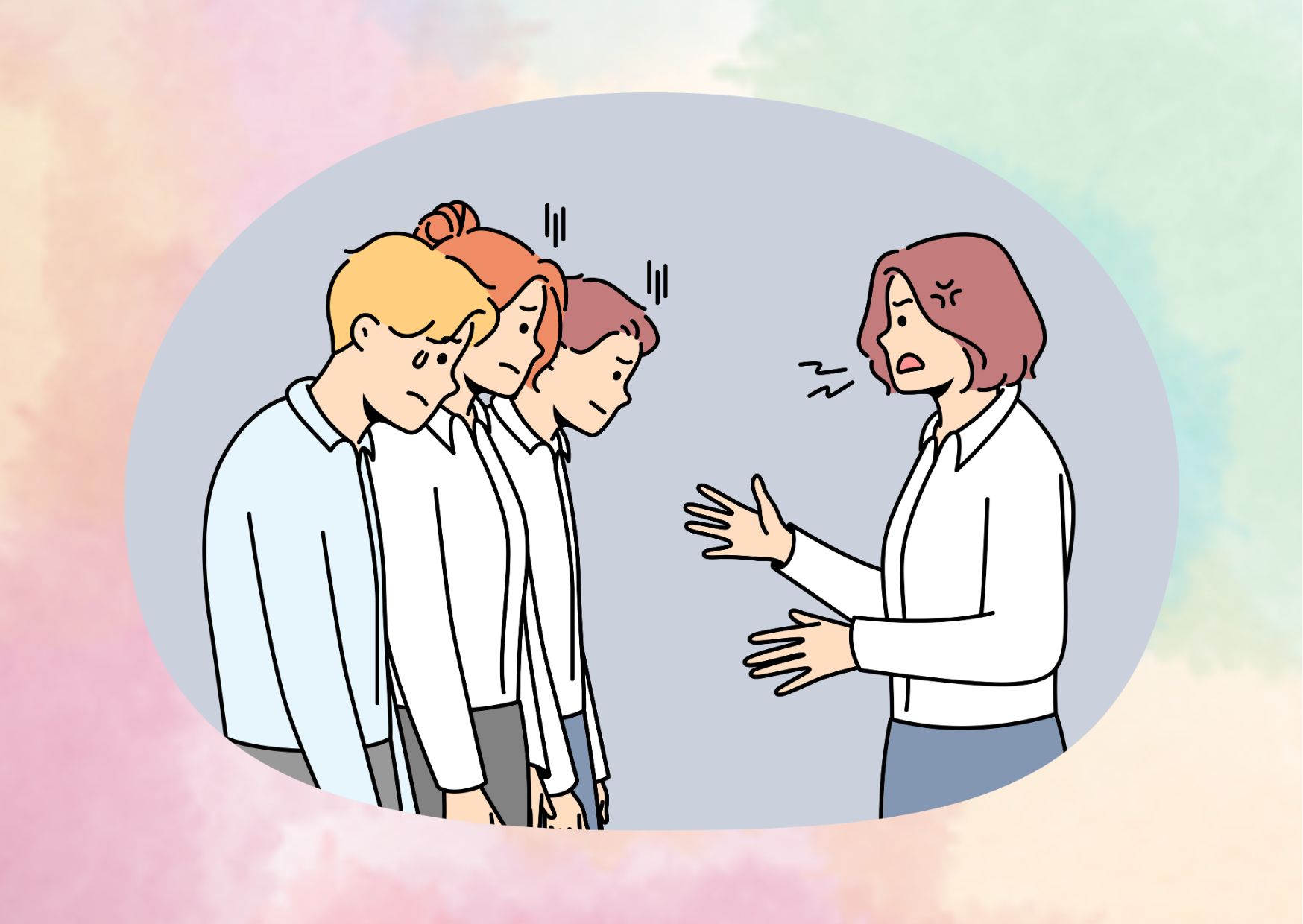Section 3: Recognizing Microaggressions
Subtle Verbal Cues
Work microaggressions can manifest through subtle verbal cues. These may include comments that stereotype or make assumptions about someone’s race, gender, sexual orientation, or other aspects of their identity. Examples include:
- “You’re so articulate for a [insert racial/ethnic group] person.”
- “You don’t look like a [insert profession or occupation].”
- “You’re too sensitive, it was just a joke.”
Nonverbal Behaviors
Work microaggressions can also be conveyed through nonverbal behaviors, such as body language or facial expressions. These subtle cues can communicate disrespect or disregard for someone’s identity. Examples include:
- Rolling eyes or smirking when someone from a marginalized group expresses an opinion.
- Interrupting or talking over someone from a marginalized group during a meeting.
- Avoiding eye contact or displaying dismissive body language when interacting with someone from a marginalized group.
Environmental Triggers
The physical environment can also contribute to microaggressions. This can include lack of representation in office decor, insensitive jokes or imagery, or exclusionary practices. Examples include:
- Displaying offensive or stereotypical images or symbols in the workplace.
- Organizing events or activities that exclude certain groups.
- Not providing accessible facilities or accommodations for individuals with disabilities.
Suggestion for read: Understanding Work Stress
Section 4: Responding to Microaggressions
Self-Care and Validation
When faced with a microaggression, it is essential to prioritize self-care and validation. Recognize that the experience was not your fault and seek support from trusted colleagues, friends, or mental health professionals. Engaging in self-care practices, such as mindfulness, exercise, or journaling, can help manage the emotional impact of microaggressions.
Educate and Communicate
Educating others about work microaggressions and their impact can be a powerful way to address and prevent future incidents. Engage in open and honest conversations with the person who committed the microaggression, providing them with information about the issue and how it affected you. Use “I” statements to express your feelings and perspective, fostering a constructive dialogue that promotes understanding and empathy.
Seek Support from Allies and Advocates
Building a network of allies and advocates within your workplace can provide support and help address work microaggressions collectively. Share your experiences with trusted colleagues who can help amplify your concerns and advocate for change. It is essential to create an environment where individuals feel safe to speak up and challenge microaggressions.
Engage in Organizational Change
Addressing work microaggressions requires systemic change within organizations. Encourage your workplace to implement diversity and inclusion training programs that address unconscious bias, microaggressions, and promote allyship. Advocate for inclusive policies, diverse hiring practices, and the creation of safe spaces for individuals from marginalized groups.
Section 5: Creating an Inclusive Work Culture
Establishing Zero Tolerance Policies
Organizations must establish zero tolerance policies for work microaggressions and ensure that employees are aware of the consequences of engaging in such behaviors. Clear guidelines and reporting mechanisms should be in place to address incidents promptly and fairly.
Providing Diversity and Inclusion Training
Regular diversity and inclusion training sessions can help educate employees about the impact of work microaggressions and promote inclusive behaviors. These sessions should foster open dialogue, encourage self-reflection, and provide practical strategies for recognizing and responding to microaggressions.
Representation and Visibility
Creating a workplace that values and celebrates diversity requires representation and visibility. Ensure that diverse voices are included in decision-making processes, leadership positions, and company-wide initiatives. Representation in marketing materials, office decor, and corporate communications can also reinforce inclusivity.
Regular Check-Ins and Feedback
Regular check-ins with employees can provide an opportunity to address concerns related to microaggressions. Encourage open and honest feedback, and actively listen to employees’ experiences and suggestions for improvement. Creating a culture of psychological safety allows individuals to speak up without fear of reprisal.
Conclusion
Dealing with work microaggressions in the workplace is an ongoing process that requires education, awareness, and commitment. By recognizing the different types of microaggressions, understanding their impact, and implementing strategies to address and prevent them, organizations can foster inclusive environments where individuals feel valued and respected. Remember, creating change starts with each individual’s actions and a collective commitment to building a more equitable and inclusive workplace.
At Inquire Talk, we understand the importance of mental health in fostering healthy relationships. Our team of compassionate therapists offers online counseling, therapy, and psychotherapy services to support individuals in their journey towards healthier and happier relationships. Visit our website to learn more about our services and take the first step towards a more fulfilling connection.
